California’s picturesque coastlines are not only known for their stunning vistas but also for the rich and diverse marine life they harbor, including the highly sought-after California Spiny Lobster. The California fishing lobster season only happens once a year.
This article delves into various aspects related to lobster fishing in the state, such as the regulations in place, the targeted species, the fishing season dates, techniques, and equipment, along with essential insights into sustainable fishing practices and preparing mouth-watering California lobster dishes.
Lobster Fishing Regulations in California
Lobster fishing season in California typically begins at the start of October and runs through mid-March. During this time, those seeking to catch California spiny lobsters must adhere to specific regulations and guidelines set forth by the California Department of Fish and Wildlife (CDFW). Ensuring you have the proper permit and are fishing within legal zones, as well as following guidelines for size and daily bag limits, are essential requirements for a successful and legal lobster fishing experience. Do not attempt lobster fishing in California outside of season or you could get a heavy fine or jail time.
California Lobster Fishing Licenses and Permits
Firstly, it is important to have the appropriate licenses and permits when lobster fishing in California. Both recreational and commercial fishers need the appropriate sport fishing license, and recreational fishers require a Spiny Lobster Report Card from the CDFW before setting out to fish. Commercial fishers will need an additional commercial fishing permit. Furthermore, certain areas within the state are off-limits for lobster fishing due to environmental and resource protection reasons. Reviewing the CDFW fishing regulations and consulting local authorities is the best way to ensure you are fishing within legal bounds.
Size Requirements
Measuring the size of the lobster caught is an essential part of the fishing process. California spiny lobsters must have a carapace length of at least 3.25 inches for legal retention, and the measurement must be taken in a straight line on the midline of the back from the rear edge of the eye socket to the rear edge of the body shell using a lobster gauge. Undersized lobsters must be released immediately back into the water to help maintain the spiny lobster population in California’s coastal waters.
Daily Bag Limits
Lobster fishers must be aware of the daily bag limit, which is the maximum number of lobsters they can catch in a single day. As per California regulations, the daily bag limit for recreational fishers is seven lobsters per person. Commercial fishers will need to adhere to the specific regulations outlined in their commercial fishing permit. It is crucial to follow these guidelines to avoid overfishing and ensure a sustainable lobster population for future seasons.
Environmentally Conscious Lobster Fishing in California
Being environmentally conscious and adhering to legal fishing methods is essential while lobster fishing in California. For recreational fishers, the use of only hoop nets and bare hands are permitted for capturing lobsters. It is important to avoid using chemicals, drugs, or any other illegal methods, as this can lead to fines, penalties, and even the revocation of fishing licenses. Practicing conservation and responsible fishing contributes to a better future for the California spiny lobsters and the fishing community.
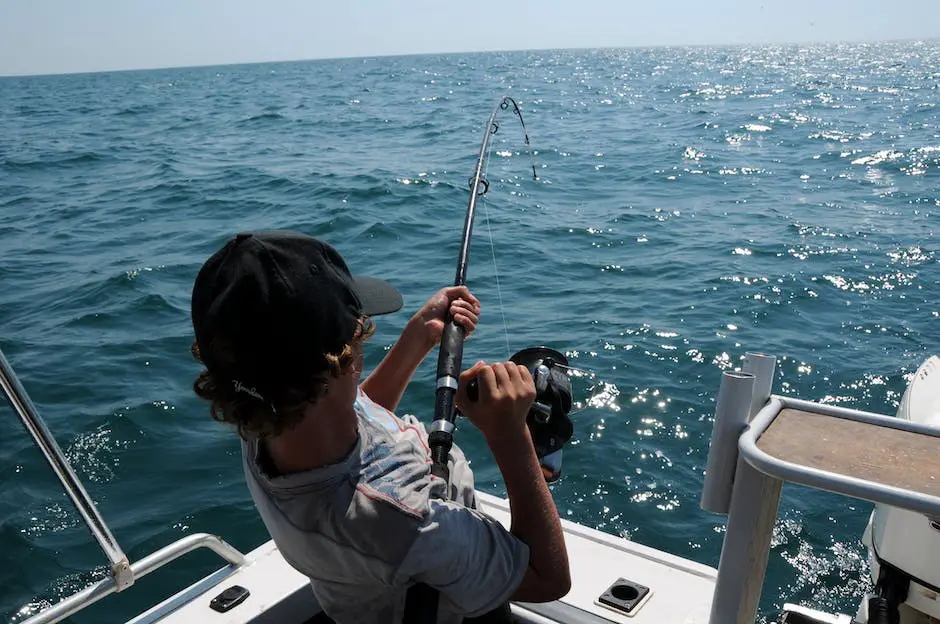
California Lobster Species Overview
The California Spiny Lobster (Panulirus interruptus) is the most commonly caught lobster species along the California coast, making it an important part of the local ecosystem as well as a valuable commercial and recreational resource for the fishing industry. These lobsters inhabit rocky reefs, kelp forests, and various marine environments stretching from Monterey Bay down to Baja California, with their preferred depth ranging from shallow intertidal waters to depths of up to 240 feet (73 meters).
The appearance of the California Spiny Lobster differs from the East Coast American Lobster. The most important distinction is the lack of large front claws on the Spiny Lobster, as they rely primarily on their strong legs and large antennae for defense and navigation.
The California Spiny Lobster has an orange-red colored body, adorned with white spots and rigid spines, which is where its name is derived. Adult lobsters can grow up to 24 inches (60 cm) in length and weigh up to 26 pounds (12 kg), although it is more typical to find lobster sizes in the range of 2-4 pounds (1-2 kg).
The behavior of the California Spiny Lobster is nocturnal, meaning they are mostly active during the night. During the day, they typically hide under rocks or within crevices, keeping their long antennae extended to detect potential threats or food. Diet-wise, the Spiny Lobster is an omnivore, feeding on a variety of marine life including mussels, clams, snails, small fish, and even sea urchins.
California’s lobster fishing season typically falls between the first Wednesday in October and the first Wednesday in March, lasting approximately five months in total. Within this timeframe, both commercial and recreational fishers can legally catch and harvest the California Spiny Lobster. However, there are strict regulations in place to preserve the population and habitat. These regulations include restrictions on the size of lobsters that can be caught, as well as the equipment and methods used for fishing. For recreational lobster fishing, a valid fishing license and additional lobster report card are required, while commercial fishers need permits and proper documentation to legally catch and sell lobsters.
The health of the coastal ecosystem and the long-term success of the lobster fishing industry in California depends on properly monitoring and managing the California Spiny Lobster population. The California Department of Fish and Wildlife plays a crucial role in overseeing lobster population management, implementing regulations, and ensuring the sustainability of this valuable resource. By collaborating with researchers, fishermen, and other stakeholders, the department aims to preserve the California Spiny Lobster for future generations to enjoy.
For this reason, a designated lobster fishing season in California is assigned.
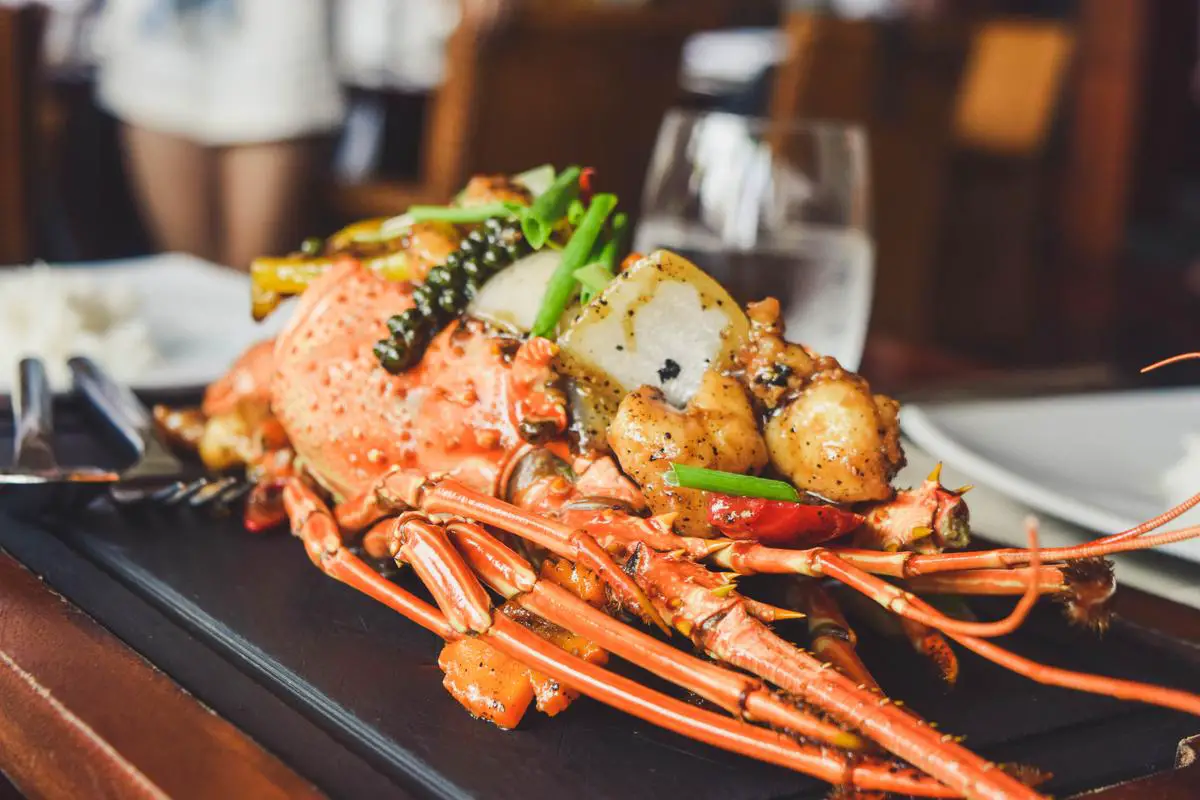
Photo by katie_musial on Unsplash
California Lobster Fishing Season Dates
To promote sustainable harvesting and protection of the lobster population in the California coastal region, the state’s lobster fishing season generally starts on the first Saturday in October and extends until the first Wednesday after the 15th of March. The California Department of Fish and Wildlife (CDFW) establishes these dates annually and strictly enforces regulations throughout the open season.
During the lobster fishing season in California, both recreational and commercial fishers are required to obtain licenses and follow strict guidelines on the size and number of lobsters they are allowed to catch. Recreational fishers must have a valid California sportfishing license and a lobster report card. The daily bag limit for recreational lobster fishers is seven lobsters per person, and each lobster must meet the minimum size limit, which is 3 1/4 inches measured from the eye to the rear of the carapace. If a lobster does not meet the size requirement, it must be released back into the water immediately.
For commercial fishermen, the lobster fishing season in California is highly regulated. They are required to have a commercial fishing license, as well as a lobster operator permit. The CDFW also monitors the commercial lobster fishery to ensure compliance with size and catch limits, and to gather data on the health and abundance of the California spiny lobster population. This information helps to inform sustainable management practices and potential changes in regulations based on the state of the lobster resource.
In addition to the standard season, the CDFW may implement special closures or additional limitations during specific months to further protect the lobster population. These closures or restrictions can be based on several factors, such as the overall health and population of the lobster resource, or the need to protect against overharvesting during lobster molting periods when lobsters are more vulnerable. Fishers should be aware of these potential closures or restrictions and consult the CDFW website for updates and further information on the lobster fishing season.
Environmental factors, such as El Niño or La Niña events, can significantly impact the success of a lobster fishing season. These events can cause changes in water temperatures and shelter availability, potentially affecting local lobster populations. California’s lobster fishing season may coincide with La Niña in some years, so it’s essential for fishers to stay informed of these variations to ensure a successful and sustainable harvest.
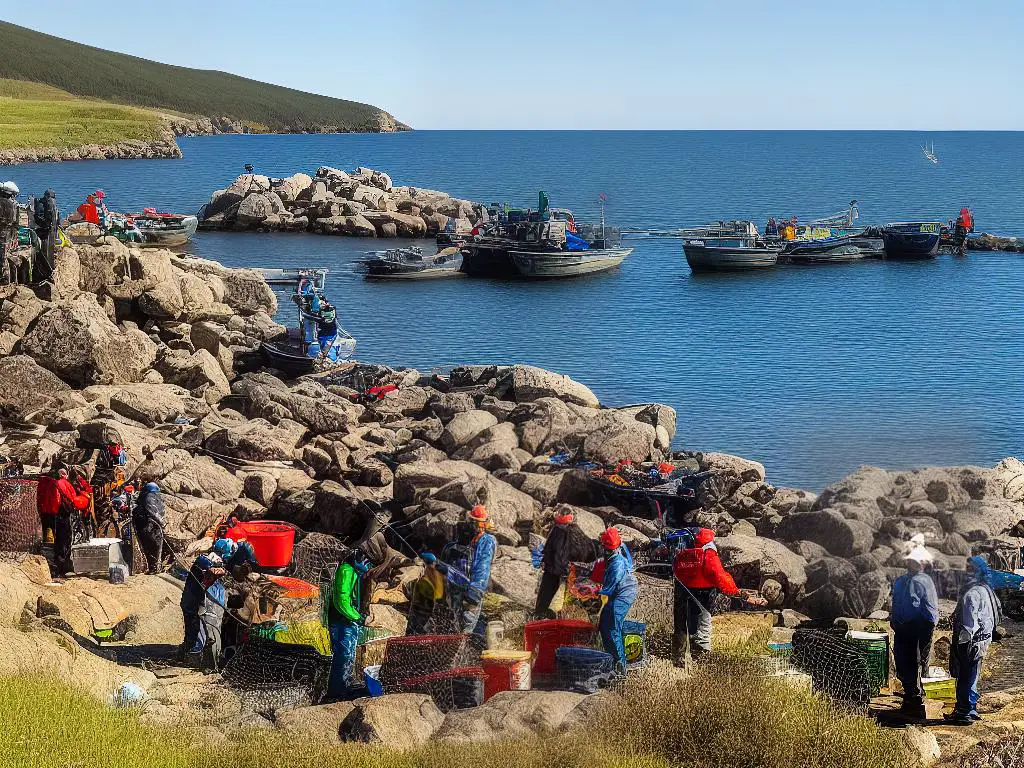
Lobster Fishing Techniques and Tips
Lobster fishing season in California typically starts on the first Saturday of October and lasts until mid-March. During this period, both recreational and professional lobster hunters use a variety of techniques to catch these elusive crustaceans. Being aware of the potential impact of environmental conditions, like El Niño or La Niña events, can help fishers navigate the season more effectively and maintain a sustainable lobster population in California waters.
Hoop Netting
One such method is hoop netting, which involves using a circular net with a rigid frame to trap the lobsters. The net is baited, dropped on the ocean floor, and left for a certain amount of time. Afterward, the net is pulled back up with the hope of trapping lobsters inside. Lobster hunters should ensure the hoop net is properly weighted to keep it stable on the bottom and should frequently check it to prevent losing trapped lobsters to stronger currents or predators.
Skin Diving
Skin diving is another popular lobster fishing technique in California. This method requires free-diving, snorkeling gear, and great swimming skills. It’s essential to be familiar with local regulations, as some areas may not allow skin diving for lobsters. Lobster hunters usually dive down to the areas where lobsters are likely to be hiding, such as near rocks, crevices, or kelp beds. When a lobster is found, the hunter uses a tickle stick or gloved hand to coax the lobster out from its hiding spot and then grabs it. The key to successful skin diving for lobsters is to have good breath-holding capability and quick reflexes, as lobsters are fast-moving creatures.
Scuba Diving
Scuba diving is another common technique for catching lobsters in California. Divers with underwater scuba equipment have an advantage to search for lobsters on the ocean floor. It’s important to carry a lobster gauge when scuba diving to measure the size of the lobster, as only legal-sized lobsters can be taken. The legal size for lobsters in California is a carapace length of 3 1/4 inches or more. Just like with skin diving, it’s critical to familiarize yourself with local regulations that may have specific limitations or requirements for scuba diving lobster hunters.
Attracting Lobsters
Attracting lobsters is another significant factor in successful lobster fishing. Lobster hunters often use fresh, oily bait such as mackerel, bonito, or squid to entice lobsters into their nets. Additionally, hunters should pay close attention to the tides and lunar phase, as lobsters are more active during high tide and the full moon. To improve their chances, lobster fishermen should target prime lobster habitats such as rocky areas, sandy bottoms, and reef edges.
Studying Lobster Behavior and Habitat Preferences
To boost the chances of a successful catch during California’s lobster fishing season, it’s crucial to understand the behavior and habitat preferences of these nocturnal creatures. Lobsters in California are more likely to be caught during night dives or early morning fishing trips. By familiarizing yourself with their preferences and behavior, you can increase your chances of success and enjoy the rich bounty that California’s lobster fishing season has to offer.
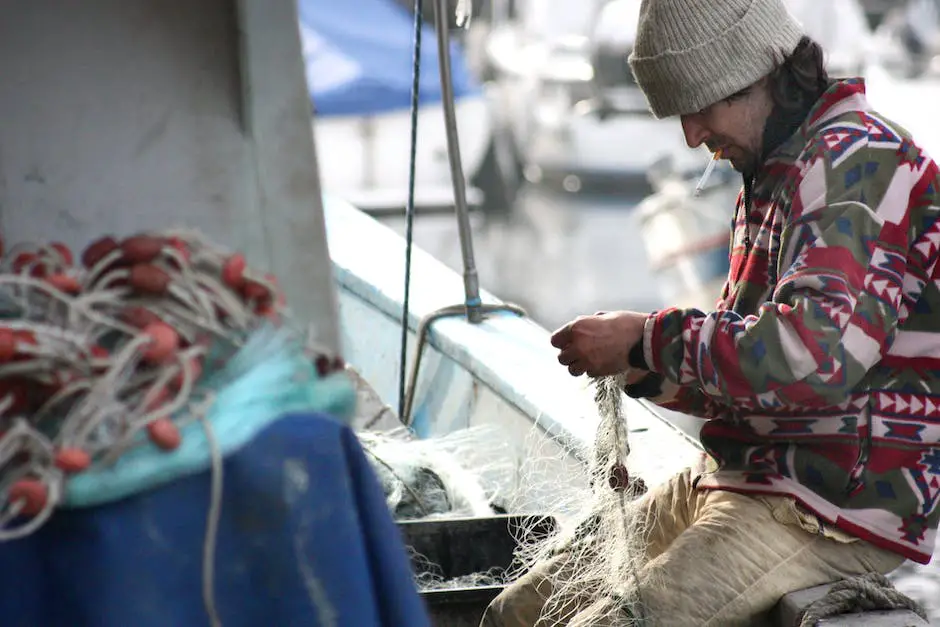
Lobster Fishing Gear and Equipment
Lobster fishing season in California typically takes place from early October to mid-March. In order to make the most of this opportunity and ensure a successful and enjoyable fishing experience, it’s essential to come prepared with the right gear and equipment. This section will explore the essential lobster fishing gear and equipment needed for California’s lobster fishing season, while also highlighting popular and effective brands on the market.
One of the most crucial pieces of equipment for lobster fishing is the trap or hoop net. These are specifically designed to catch lobster and are typically made of wire mesh or nylon. The Promar Ambush and the Protoco Slip Ring Crab traps are two popular and effective options in the market. These traps are durable, easy to use, and have a high success rate in catching lobsters. Additionally, it’s important to have an appropriate bait cage or bait bag to hold the bait and attract lobsters into the trap. A popular choice among anglers is the Promar Deluxe Bait Motel, which keeps bait fresher for longer periods, increasing the likelihood of catching lobsters.
Another essential equipment item for lobster fishing is a quality dive light or flashlight, as many prefer to engage in lobster fishing during the nighttime hours. A good dive light illuminates your surroundings to help locate lobsters and identify potential hazards in the water. Popular dive lights include the Underwater Kinetics SL3 eLED L2 and the Light & Motion GoBe 1000 Dive Light. These lights offer excellent brightness, long battery life, and are specifically designed for use in underwater environments.
A reliable pair of gloves specifically designed for lobster fishing is also necessary to protect your hands from the lobsters’ sharp shells and claws. Brands such as HexArmor or Showa Best Glove offer a variety of gloves with excellent grip and durability. These gloves are designed to provide the necessary protection from lobster-related injuries and help maintain a secure grip on the lobsters once they are caught. A quality pair of dive boots or wetsuit booties, such as those offered by NeoSport or Cressi, can also be beneficial for added comfort and protection when wading to set and retrieve traps.
Lastly, a California Spiny Lobster Gauge is essential for ensuring that the lobsters you catch are within the legal size limits. Both plastic and metal options are available with popular brands such as Scuba Choice and Trident. It’s necessary to measure the lobsters as soon as they are caught and release any that are too small back into the water.
Investing in quality lobster fishing gear and equipment is essential for a successful and enjoyable season in California. By choosing popular and effective brands like Promar, Underwater Kinetics, and HexArmor, you can increase your chances of catching these prized crustaceans during the allotted fishing season.
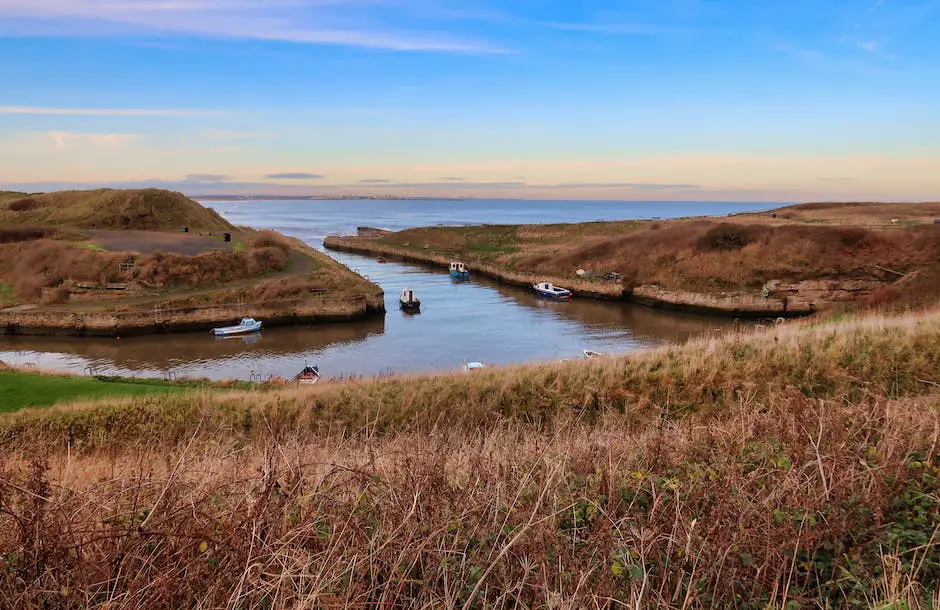
Sustainable Lobster Fishing Practices
The lobster fishing season in California typically begins on the first Saturday in October and runs until mid-March. During this time, both commercial fishers and recreational anglers can catch the California spiny lobster (Panulirus interruptus), a species known for its sweet, tender meat. However, with the increasing demand for these luxurious crustaceans, there is a growing need for sustainable lobster fishing practices to protect their population and the marine ecosystem.
Responsible Harvesting Methods
To ensure that lobster populations remain healthy and stable, it’s crucial that both commercial and recreational lobster fishers adhere to responsible harvesting methods. This includes targeting mature lobsters, those with a carapace length of at least 3.25 inches. By focusing on adult lobsters, we can allow younger individuals to mature and reproduce, helping to maintain the overall population. Additionally, pregnant female lobsters should never be harvested, as doing so could jeopardize the successful spawning of future generations.
- Fishers should only target mature lobsters with carapace length at least 3.25 inches.
- Pregnant female lobsters should never be harvested.
Sustainable Lobster Trapping Methods
Sustainable lobster trapping methods should also minimize the risk of by-catch, or the unintentional capture of other marine species. To accomplish this, fishers can use traps designed specifically for lobsters with escape ports to allow smaller species and juvenile lobsters to escape. This selective trapping can help reduce the number of unintended catch while still retaining the targeted mature lobster population. Furthermore, fishers should regularly check and maintain their gear to avoid abandoned or lost traps continuing to catch marine life indiscriminately.
- Use traps designed for lobsters with escape ports to minimize by-catch.
- Regularly check and maintain gear to avoid continued unintentional capture.
California Lobster Fishing Regulations and Limits
To assist in conservation efforts, fishers are advised to be familiar with local regulations and limits. In California, the daily bag limit for recreational anglers is seven lobsters per person, while commercial fishers must adhere to their specific permits. Following these guidelines helps ensure that adequate numbers of lobsters remain in the ecosystem to maintain genetic diversity and ecosystem function. Beyond abiding by the regulations, fishers should act responsibly and only take what they need, remembering that their actions affect the stability of the local lobster population and the marine ecosystem as a whole.
- Be familiar with local regulations and limits.
- Recreational anglers can catch 7 lobsters per person.
- Commercial fishers must adhere to their specific permits.
Promoting Sustainable Lobster Fishing Practices as Consumers
As consumers, we play a crucial role in supporting sustainable lobster fishing practices. Choosing responsibly-harvested and sustainably-sourced seafood increases the demand for such products, promoting the health of our oceans. Look for certifications such as those provided by the Marine Stewardship Council (MSC), which verifies a fishery’s sustainability. Making informed choices about our seafood consumption helps create a culture that prioritizes conservation and responsible management of marine resources for future generations.
- Opt for responsibly-harvested and sustainably-sourced seafood.
- Seek certifications from organizations like the MSC.

Preparing and Cooking California Lobster
One example of sustainable seafood is the California spiny lobster, with a fishing season that extends from the first Saturday in October through the first Wednesday after March 15th. This period allows for the opportunity to catch fresh lobsters to create delicious dishes to share with family and friends.
Properly storing, cleaning, and preparing lobsters is essential for maintaining their taste and quality. By enjoying lobsters during their designated fishing season and following responsible practices, we can savor these crustaceans while supporting sustainable efforts in the marine ecosystem.
Storing and Cleaning Lobsters
- Store lobsters in a cool, damp environment and avoid putting them directly on ice.
- Live lobsters should be kept in a plastic bag with moist newspaper to retain moisture.
- Place lobster in freezer for 30 minutes to put it in a dormant state. Insert knife into the head between the eyes to euthanize it. Remove the head and twist the tail off the body. Rinse under cold water to remove any remaining debris.
Preparing and Cooking Lobster
- Boiling, grilling or baking are popular cooking methods.
- To boil, immerse the tail in boiling water with salt for around 10 minutes.
- For a smoky flavor, grill the tail by splitting it down the middle, seasoning with butter, garlic, and other preferred seasoning, and cooking on a heated grill face-down for 5-7 minutes.
- Lobster tacos and lobster enchiladas are popular Mexican-style dishes. Lobster bisque is a great French-inspired soup.
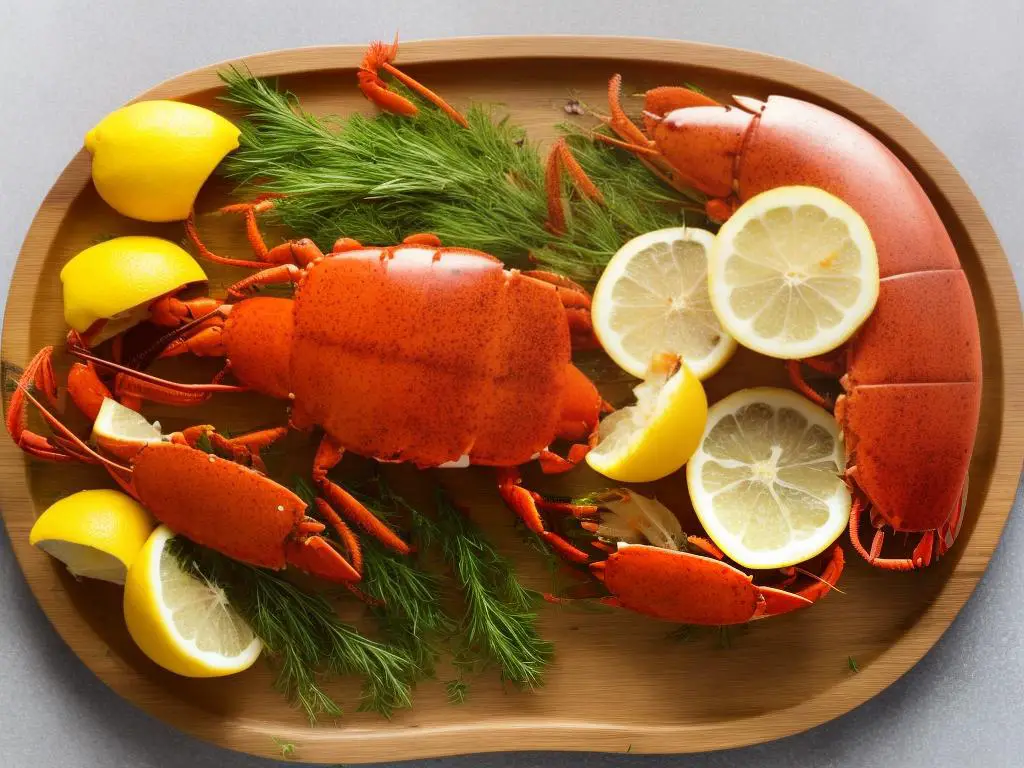
With the proper knowledge of regulations, accurate identification of the California Spiny Lobster, and best practices in sustainable harvesting, you can embark on an enjoyable and responsible lobster fishing adventure. Moreover, by using the recommended techniques, gear, and equipment, you can maximize your chances of a fruitful catch. Finally, don’t forget to indulge in the delicious and fresh bounty you’ve reeled in by experimenting with different recipes and cooking techniques, which will undoubtedly make your lobster fishing experience an unforgettable one.
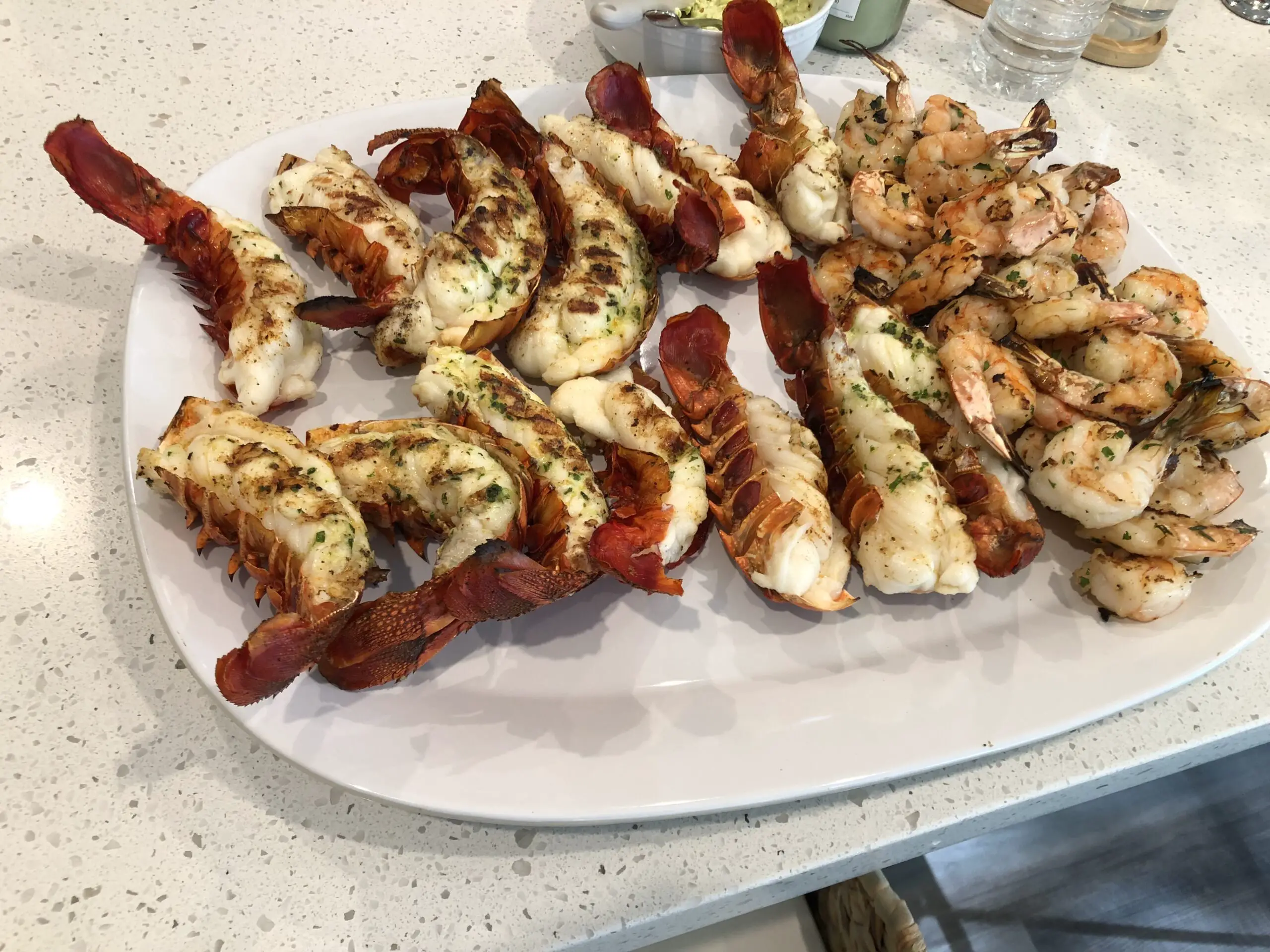


Welcome to our blog!